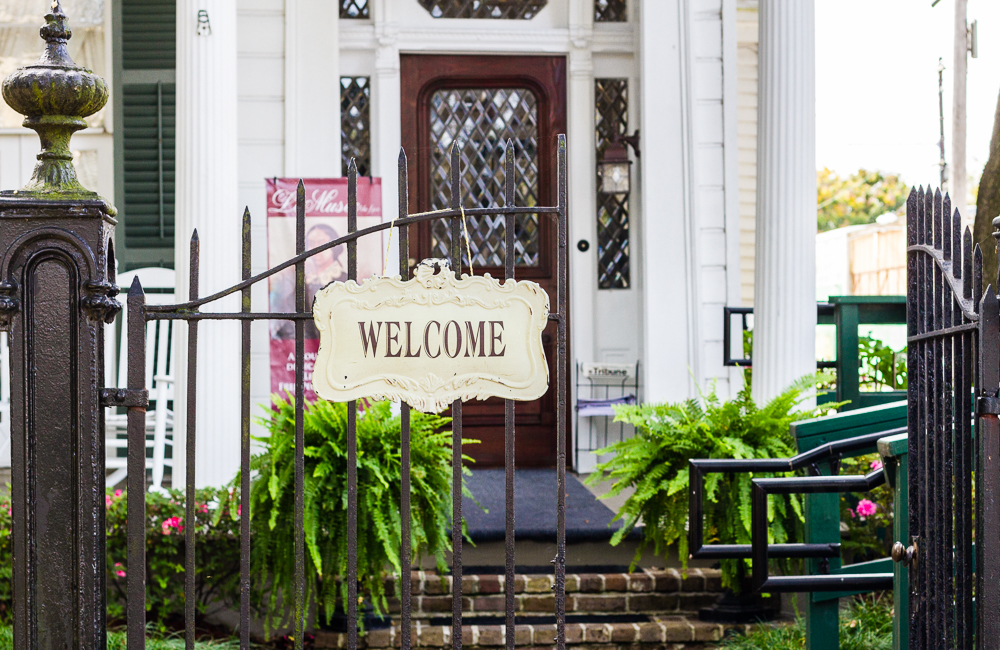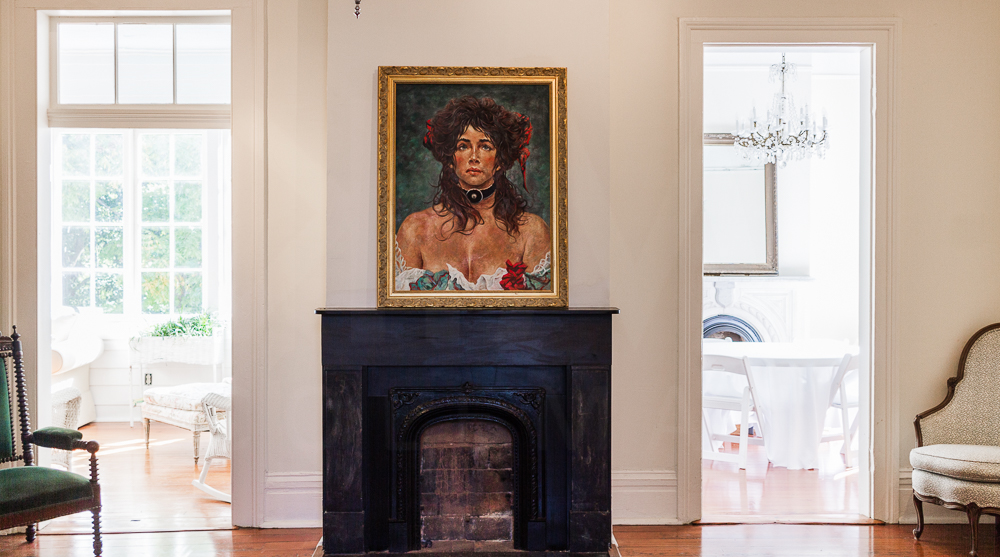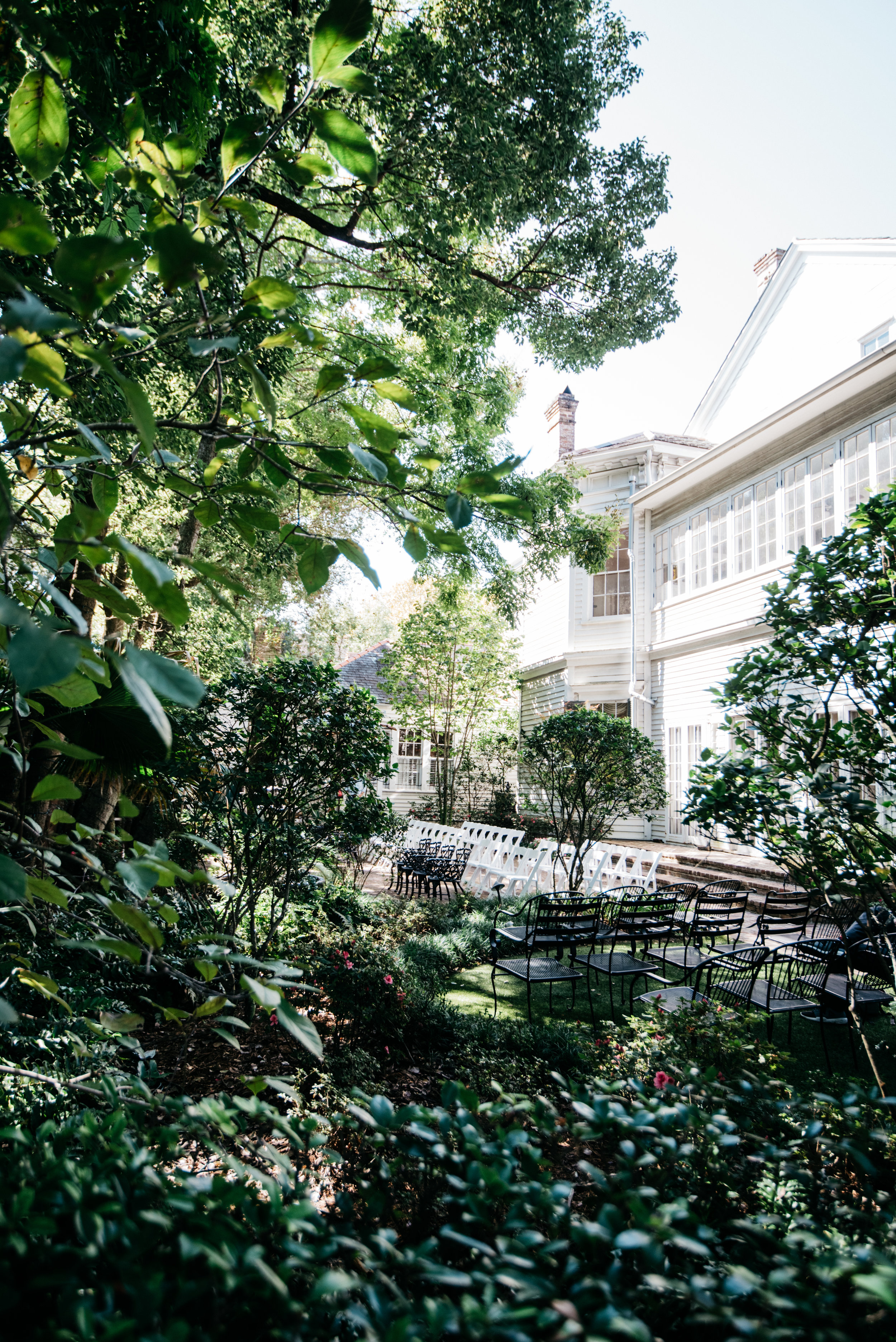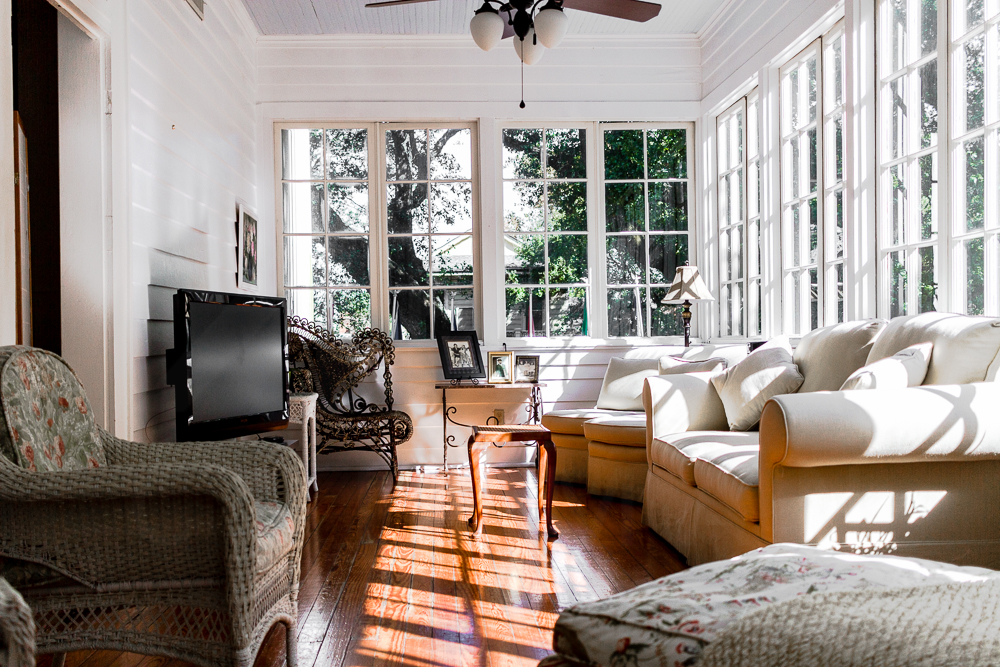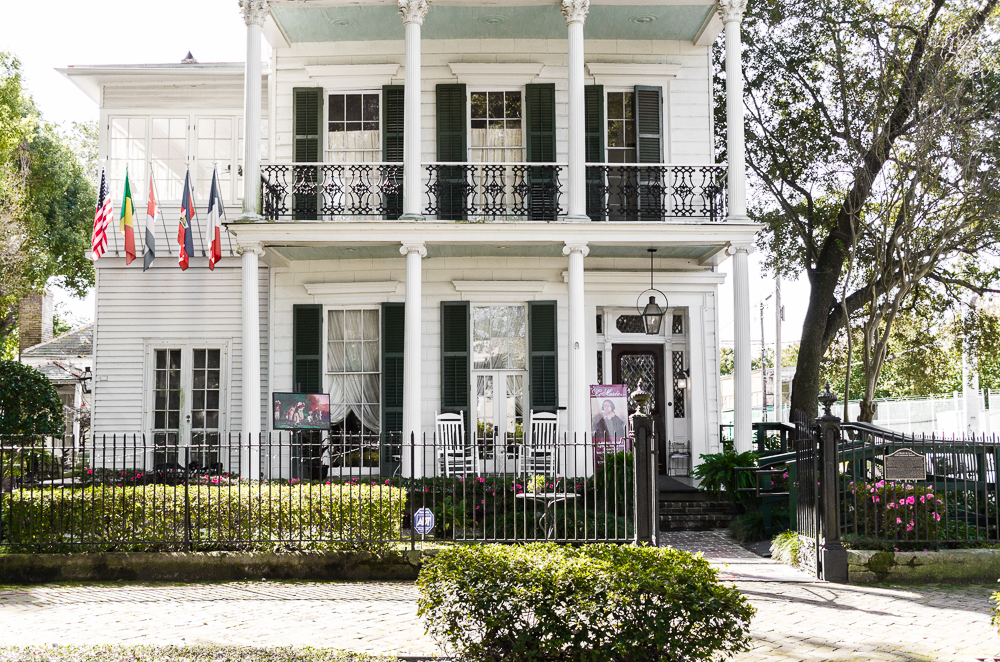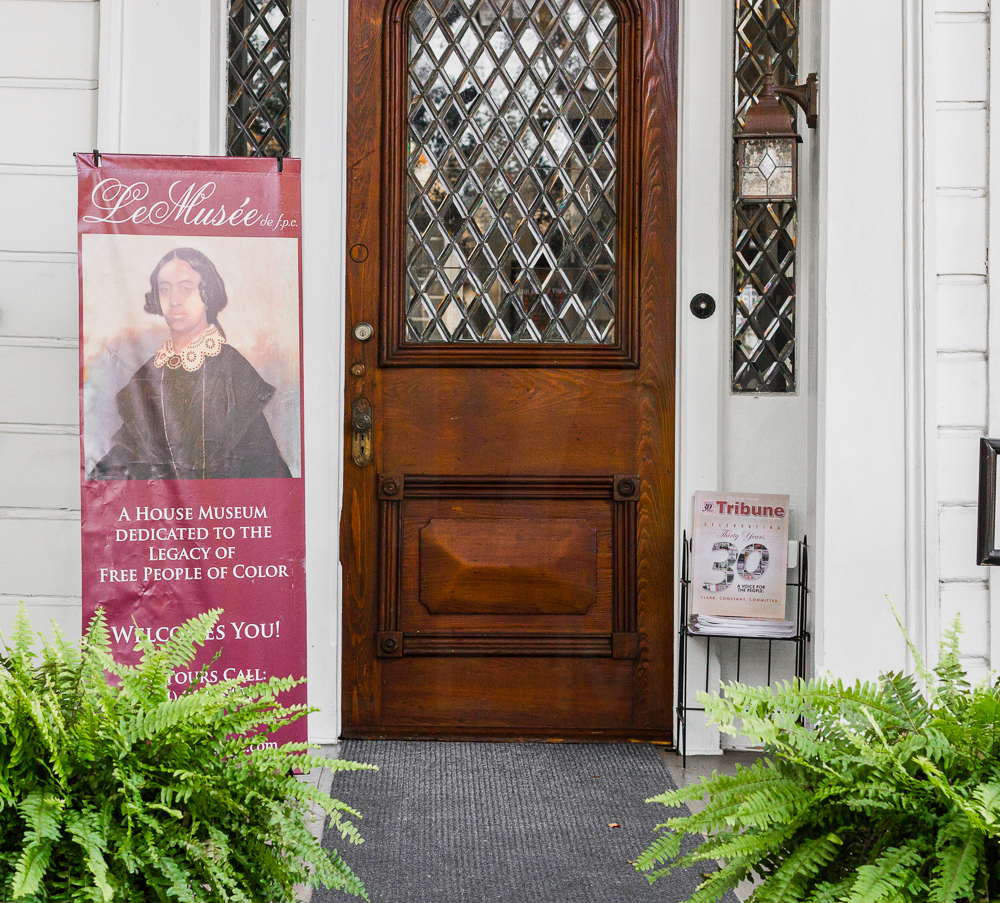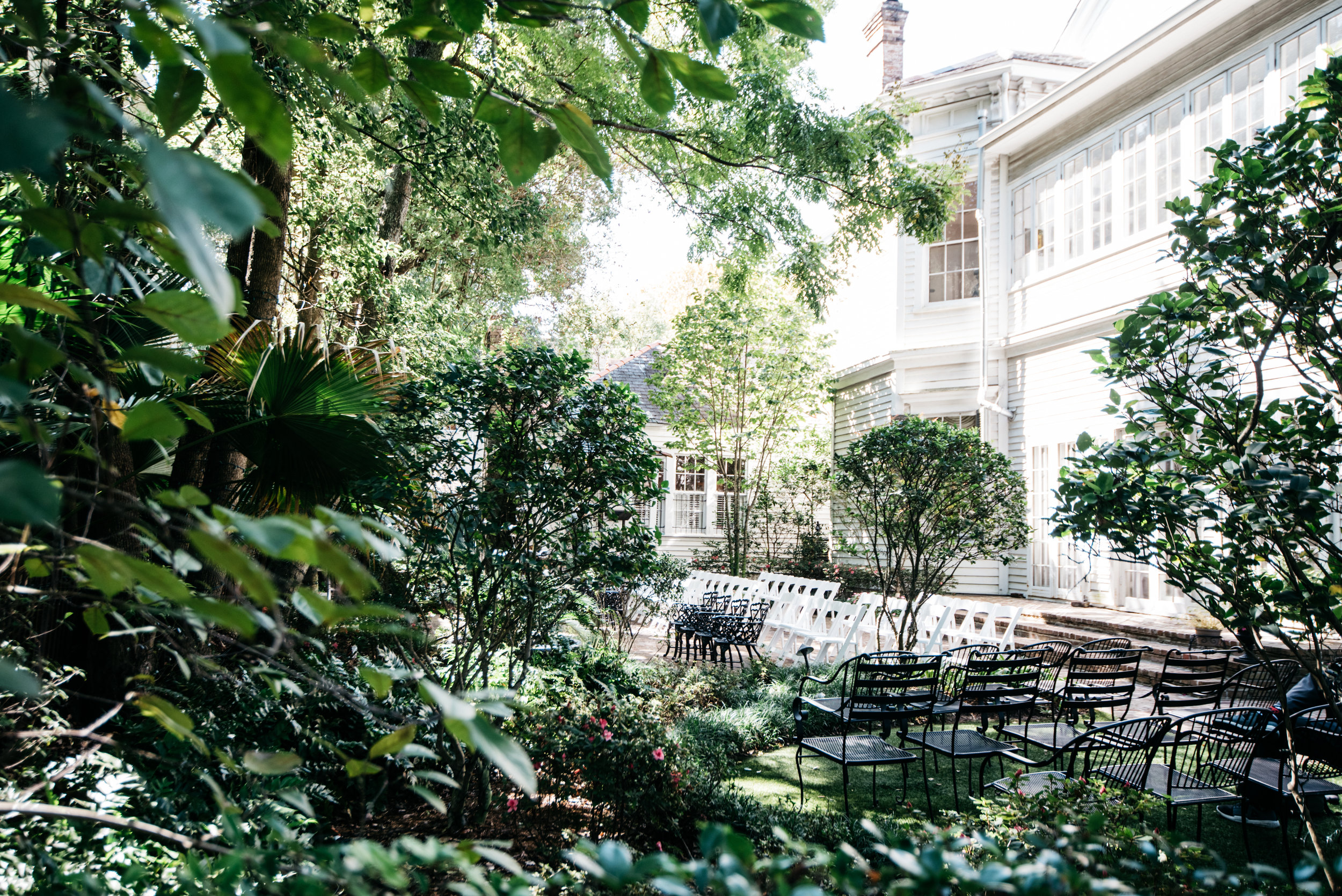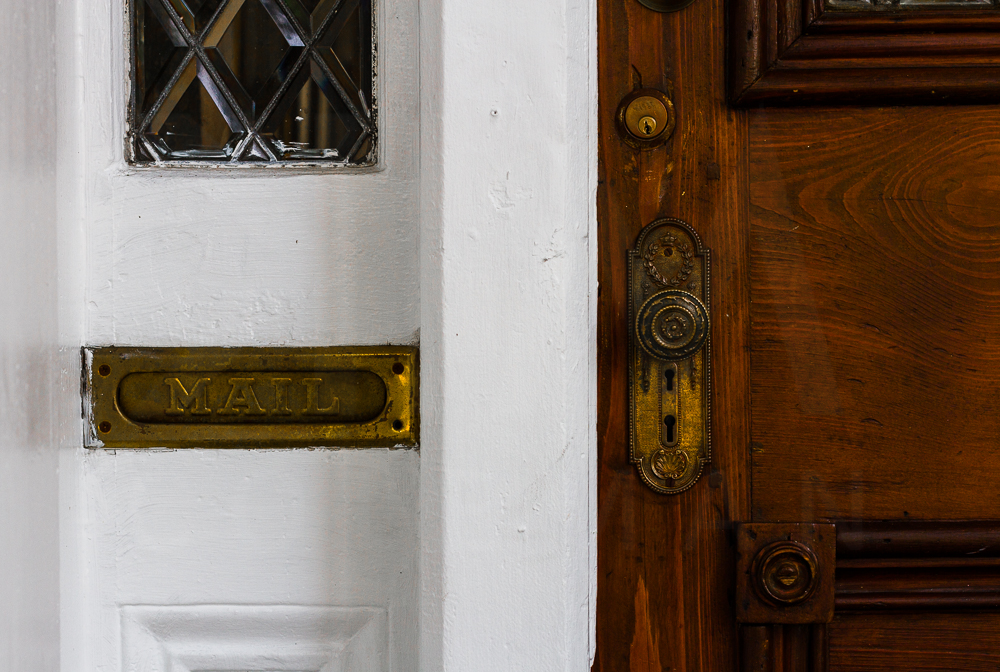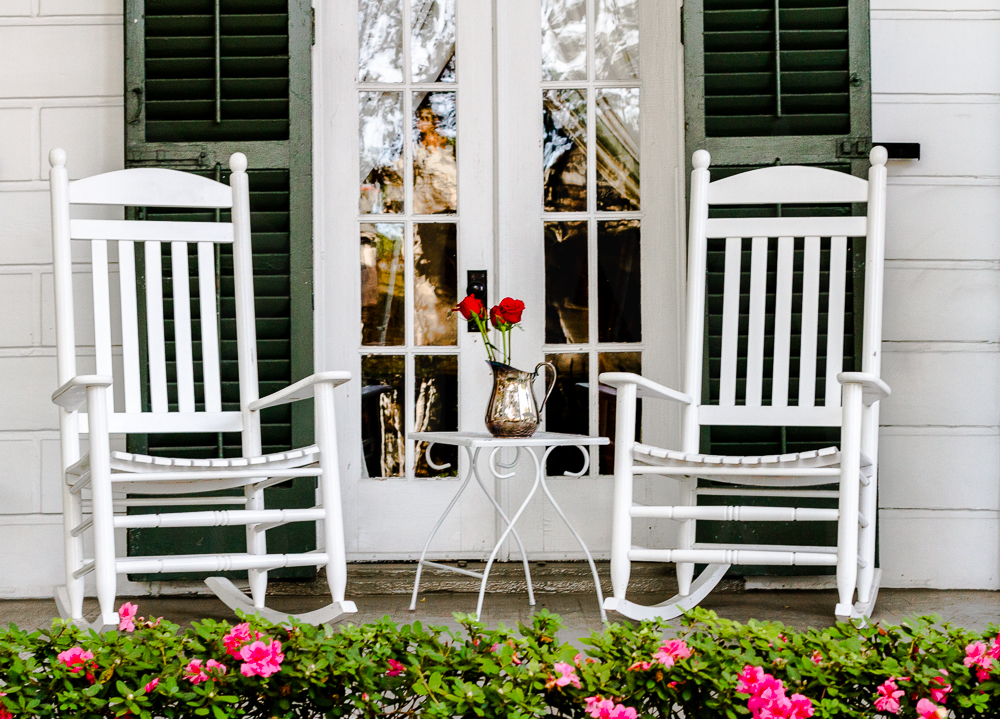Step into the footprints of our ancestors. Tradition may weaken, but cannot disappear.
–Dogon Prayer
Our Story
The Museum
Le Musée de f.p.c., a historic house museum, is one of the country’s few attractions dedicated exclusively to preserving the material culture of and telling the story of free people of color.
The founders of this repository strive through their collection of documents, paintings and decorative arts to present, interpret and preserve the history and culture shared by so many free people of African descent in New Orleans and throughout the country.
Free people of color, often abbreviated f.p.c., is the term used to refer to Blacks who were born free or manumitted prior to the Civil War. Also referred to as gens de couleur libres, their presence in New Orleans is recorded as early as 1722. Although there were enclaves of free people of color who numbered well over a quarter million residing throughout the United States during the antebellum period, New Orleans and south Louisiana were home to one of the oldest and largest populations of such. On the eve of the Civil War, in New Orleans alone, resided 18,000 individuals who owned and paid taxes on $15 million of property.
This remarkable community of resilient, resourceful and enterprising people produced artists, artisans, entrepreneurs, educators, physicians, journalists, and countless business owners and professionals prior to the Civil War. And in the midst of Reconstruction, the former free people of color led the entry of Blacks into politics. Perhaps most forgotten is the activists role they played in the Civil Rights Movement as early as 1862 and in the landmark Plessy v. Ferguson case of 1896.
The Residence
Le Musée, the Greek Revival residence at 2336 Esplanade Avenue, and its vicinity, centered in the area known as upper Treme, were originally part of the plantation of Domingo Fleitas. Fleitas, a Spanish colonial who had fought with Galvez in the American Revolution, had grandchildren born free people of color.
This stretch of Esplanade Avenue, mid-way between the Mississippi River and Bayou St. John, was not developed until the 1850s when Benjamin Rodriguez, a Jewish speculator who also owned the Esplanade omnibus, began acquiring lots in the area. Rodriguez first built his home at 2306 Esplanade, where the Musson family later lived for a period of time and their cousin Edgar Degas, the acclaimed French artist, visited. In 1859, Rodriguez contracted with Joseph Jouet, the same builder who constructed the famed French Hospital, to build the house at 2336.
Though this residence was never owned by persons of color until its present ones, because of their dominance in the building trades, it can be assumed that they participated in the construction.
Esplanade Avenue has always been noted for its gracious homes and abundant greenery. Little known is that free people of color owned numerous properties along the avenue and its intersecting streets in the antebellum period.
The Founders
Many of the exhibits came from the ever evolving collections of McKenna Museums’ founders, Beverly Stanton McKenna and Dr. Dwight McKenna, who spent 30 years acquiring relevant material, with the idea of one day sharing it with the public. Their collection is available for viewing at Le Musée de f.p.c. and The George and Leah McKenna Museum of African American Art. Beverly Stanton McKenna and Dr. Dwight McKenna are also the founders and executive publishers of the modern day New Orleans Tribune, which shares its name with a publication by free man of color, Dr. Louis Charles Roudanez. Dr. Roudanez was a surgeon, activist, and publisher of two Civil War era newspapers. Le Musée de f.p.c is dedicated in his honor and his numerous selfless acts as a crusader of truth-telling and justice for communities of African descent.
Donations
Donations
Le Musée de f.p.c. is a non-profit organization and depends on your support to provide educational programming, events and opportunities for our community. Donate by clicking the link below.
Become a Member
Members have access to free museum visits, special events and discounted pricing for special events hosted at Le Musée de f.p.c. If you're interested in becoming a member click the link below and send us a note.


